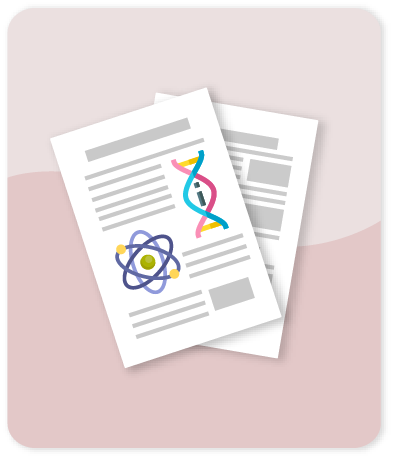Insects associated with the composting process of solid urban waste separated at the source [Insectos asociados al proceso de compostaje de residuos sólidos urbanos separados en la fuente]

Share this
Date
2010Author
Morales G.E.
Wolff M.
Citación
Metadata
Show full item recordAbstract
Sarcosaprophagous macroinvertebrates (earthworms, termites and a number of Diptera larvae) enhance changes in the physical and chemical properties of organic matter during degradation and stabilization processes in composting, causing a decrease in the molecular weights of compounds. This activity makes these organisms excellent recyclers of organic matter. This article evaluates the succession of insects associated with the decomposition of solid urban waste separated at the source. The study was carried out in the city of Medellin, Colombia. A total of 11,732 individuals were determined, belonging to the classes Insecta and Arachnida. Species of three orders of Insecta were identified, Diptera, Coleoptera and Hymenoptera. Diptera corresponding to 98.5% of the total, was the most abundant and diverse group, with 16 families (Calliphoridae, Drosophilidae, Psychodidae, Fanniidae, Muscidae, Milichiidae, Ulidiidae, Scatopsidae, Sepsidae, Sphaeroceridae, Heleomyzidae, Stratiomyidae, Syrphidae, Phoridae, Tephritidae and Curtonotidae) followed by Coleoptera with five families (Carabidae, Staphylinidae, Ptiliidae, Hydrophilidae and Phalacaridae). Three stages were observed during the composting process, allowing species associated with each stage to be identified. Other species were also present throughout the whole process. In terms of number of species, Diptera was the most important group observed, particularly Ornidia obesa, considered a highly invasive species, and Hermetia illuscens, both reported as beneficial for decomposition of organic matter.
Collections
- Indexados Scopus [1893]
